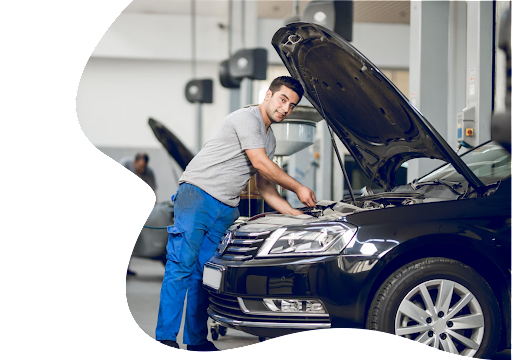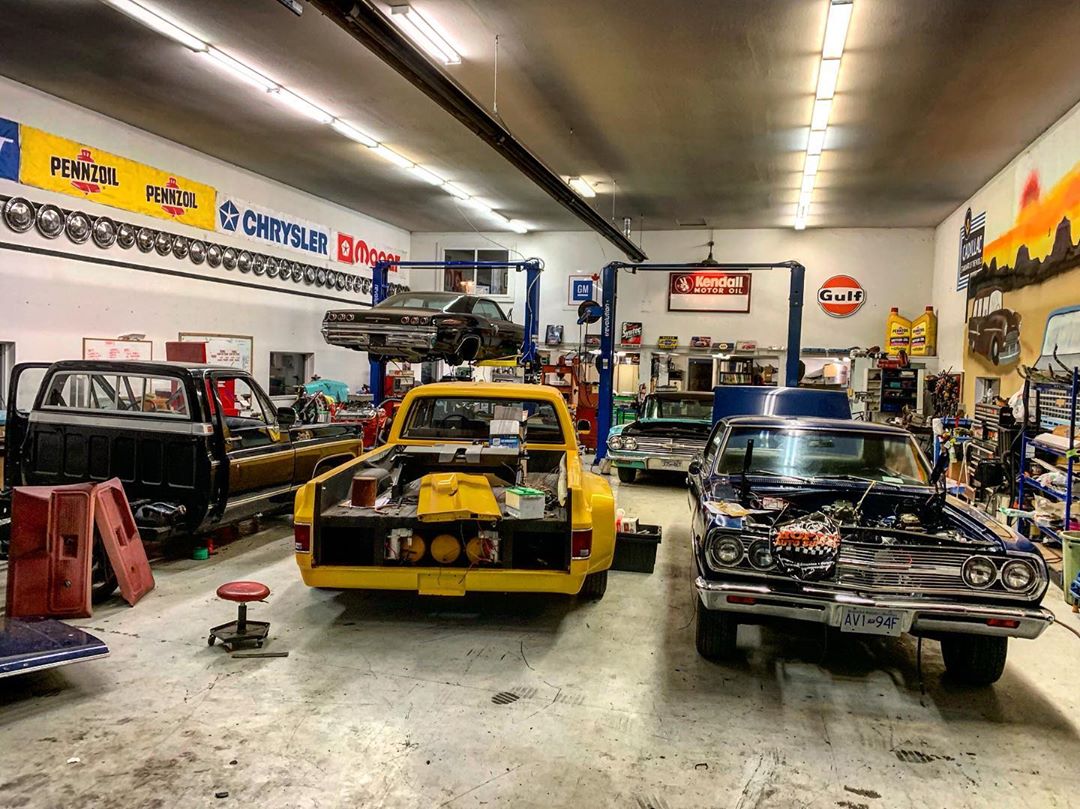All Categories
Featured

[/image]
When it pertains to automobile upkeep, tires are usually one of one of the most overlooked elements, although they play a vital function in the safety and security and performance of your vehicle. Tire rotation and positioning are 2 crucial solutions that assist guarantee your tires put on equally, last much longer, and remain to carry out at their ideal. Here's everything you require to find out about tire rotation and placement and why they matter for your car.
What Is Tire Rotation? Tire rotation is the procedure of relocating the tires from one position to one more to make certain also put on throughout all four tires. The front and back tires of a car wear at different prices due to the weight distribution and the reality that the front tires deal with both guiding and braking. By turning the tires on a regular basis, normally every 6,000 to 8,000 miles, you can cancel the wear and expand the life of your tires.
In many cars, the tires will certainly be revolved from front to back, and in many cases, side-to-side, depending upon the tire kind and your car's specifications. This makes sure that each tire births an equal amount of stress and stress. Regular tire rotations likewise improve lorry handling and ride quality, along with add to far better fuel effectiveness.
What Is Tire Positioning? Tire positioning describes readjusting the angles of your auto's wheels to ensure they are positioned appropriately according to the supplier's specifications. Proper positioning makes certain that your tires are parallel to one another and perpendicular to the ground, which aids boost the overall handling, security, and life expectancy of your tires.
There are three essential elements of placement:
Camber: The tilt of the wheels when seen from the front. If the wheels lean internal or external, it can trigger unequal tire wear. Caster: The angle of the guiding axis when seen from the side. Correct wheel positioning ensures secure guiding and better automobile control. Toe: The angle at which the tires direct internal or outside when watched from above. Inaccurate toe placement can trigger tires to wear unevenly and influence taking care of. Misalignment can happen due to elements like striking fractures, visuals, or driving over rough terrain, and also routine driving over time can slowly cause imbalance. Obtaining a positioning check every 1-2 years or when you observe handling troubles is crucial for ideal tire performance.
Why Are Tire Turning and Placement Important? Maximized Tire Life:. Tire rotation makes sure also put on across all 4 tires, preventing premature tire replacement. Misaligned tires use unevenly, which can cause the demand for even more frequent tire substitutes. Both tire turning and positioning raise the life expectancy of your tires, conserving you cash in the lengthy run.
Improved Safety And Security:. Correct positioning helps keep your automobile tracking directly, boosting security and handling. Misaligned tires can bring about pulling, that makes it more difficult to control your lorry, specifically at broadband or in emergency situation circumstances. Tire rotation also guarantees your vehicle's handling remains constant, boosting your ability to stop rapidly and maintain control.
Much Better Gas Performance:. When your tires are appropriately lined up, they experience less moving resistance, indicating your engine doesn't need to work as tough to move the automobile. This lowers fuel intake and enhances gas mileage. Misalignment can trigger your tires to drag, resulting in inadequate gas efficiency.
Smoother Trip:. Misaligned or unevenly used tires can create resonances in the guiding wheel or car body, which can be unpleasant while driving. Regular tire turning and placement can supply a smoother and quieter experience, minimizing unneeded noise and resonances.
Indications You Need Tire Turning or Placement. It is necessary to be aware of advising indications that your tires might need interest. Watch out for:
Uneven Tire Put On: If you see that a person tire is much more used than others, maybe a sign that it's time for a rotation or alignment. Steering Drawing to One Side: If your car draws to one side, particularly when you're driving straight, it could indicate misalignment. Vibrations or Uncommon Noises: If your wheel trembles or you hear a buzzing or yawping sound, your alignment could be off. Screeching Tires: A piercing screech can signal misalignment or that your tires are used erratically. If you notice any one of these indicators, it's a good idea to have your automobile inspected as quickly as feasible to stop more damage to your tires or shock absorber.
Just How Commonly Should You Rotate and Straighten Your Tires? Tire turning is typically recommended every 6,000 to 8,000 miles or every six months, depending upon your auto's manual and driving problems. It's also a good idea to turn your tires during oil modifications to make certain they obtain the focus they require.
For positioning, a lot of professionals suggest having your tires lined up annually or if you see any dealing with problems. If you have actually just recently hit a pothole, curb, or an additional barrier, it's an excellent idea to have your placement inspected earlier to prevent uneven tire wear.

Final Thought: Keep Your Tires for Long Life and Security. Tire turning and positioning are easy yet crucial aspects of lorry maintenance that contribute to longer tire life, boosted safety and security, and better fuel efficiency. By following the recommended solution intervals for tire turning and alignment, you can ensure your tires remain in leading condition, supplying a smoother and safer driving experience. Regular maintenance helps you avoid unanticipated tire wear, expensive repair services, and prospective accidents, making it a sensible investment for your automobile's overall efficiency.
Latest Posts
Discover Special Auto Repair Deals in Chicago at Montclare Auto Repair
Uncover the Leading Auto Repair Discounts in Montclare, Chicago
Don’t Miss Limited-Time Auto Repair Specials in Chicago at Montclare Auto Repair
More
Latest Posts
Discover Special Auto Repair Deals in Chicago at Montclare Auto Repair
Uncover the Leading Auto Repair Discounts in Montclare, Chicago
Don’t Miss Limited-Time Auto Repair Specials in Chicago at Montclare Auto Repair